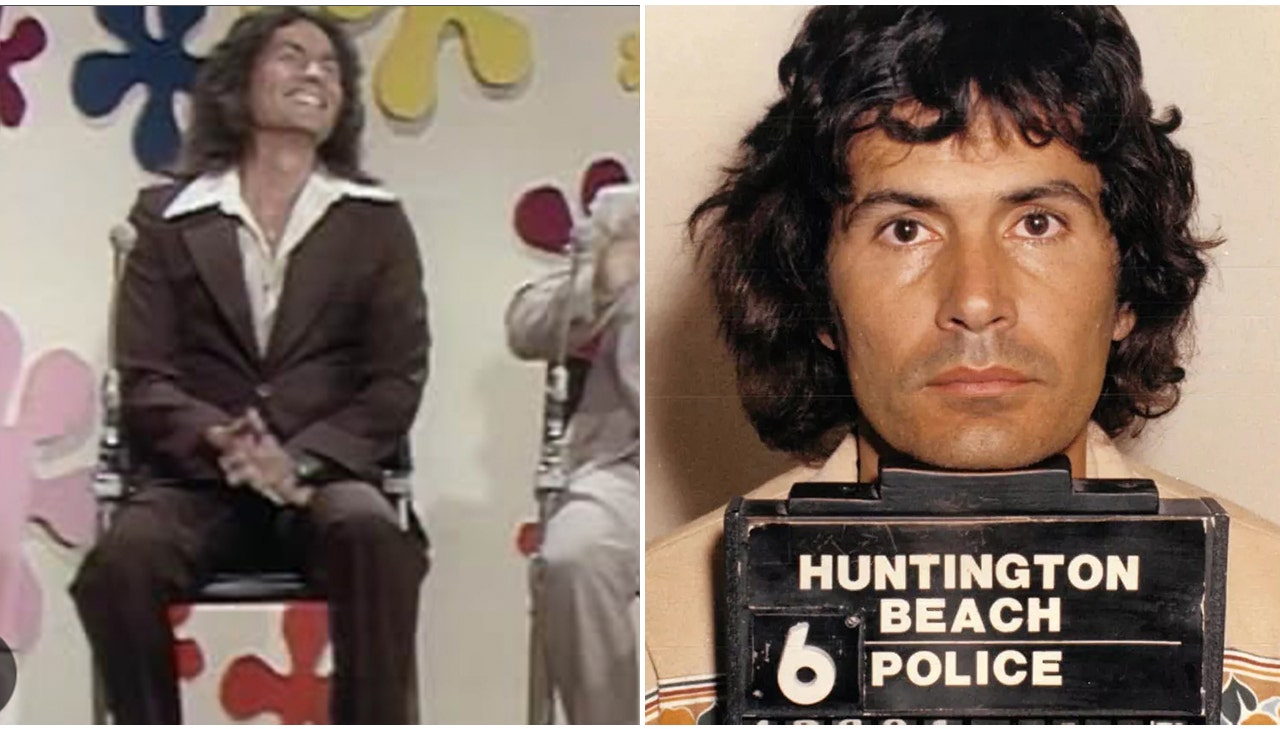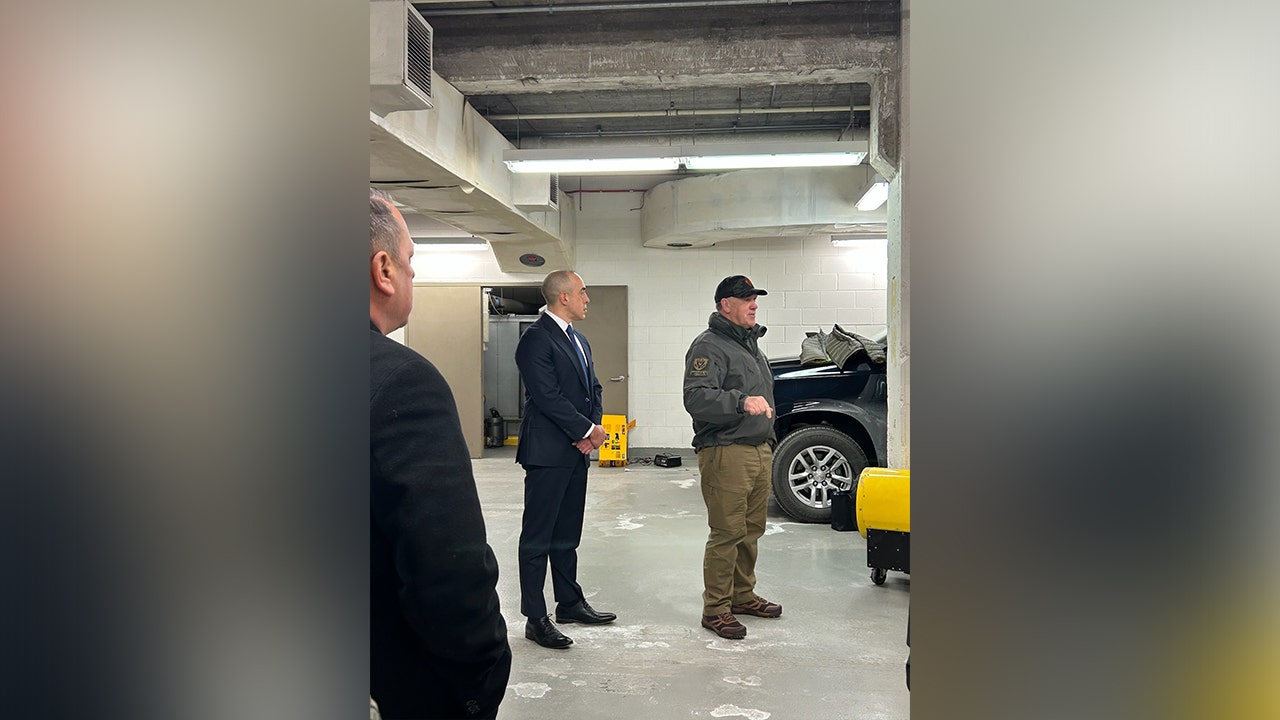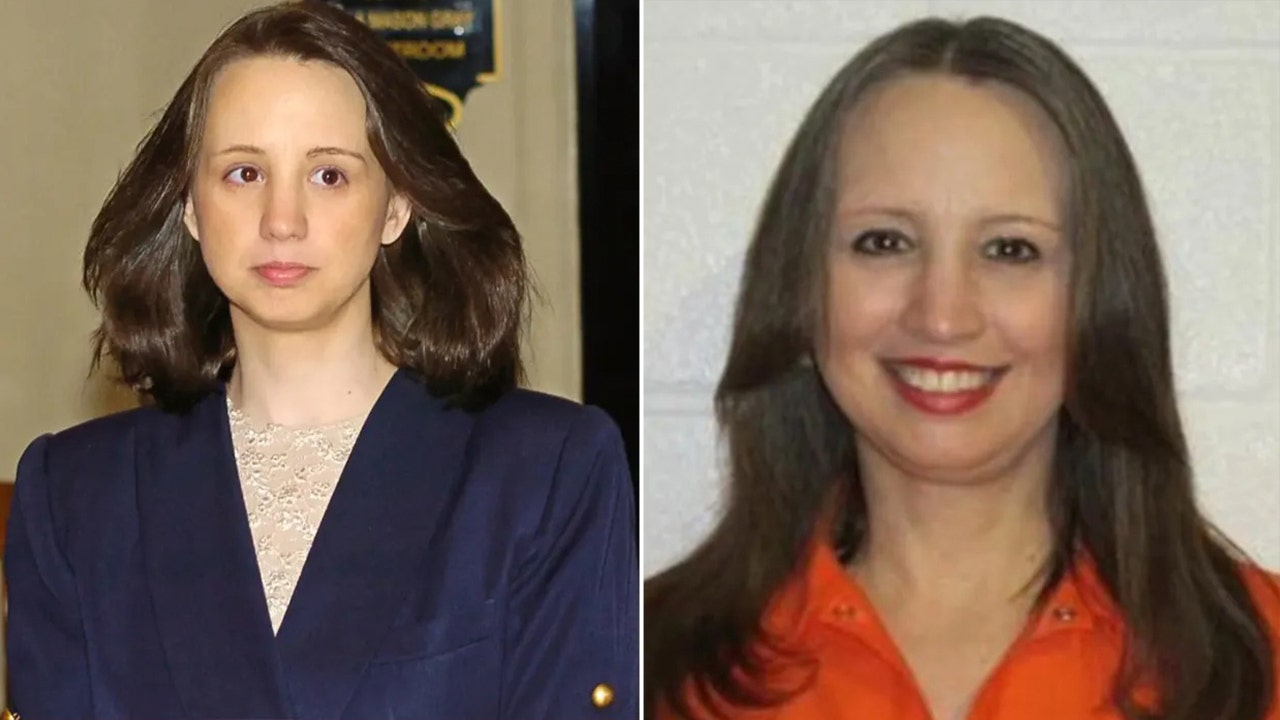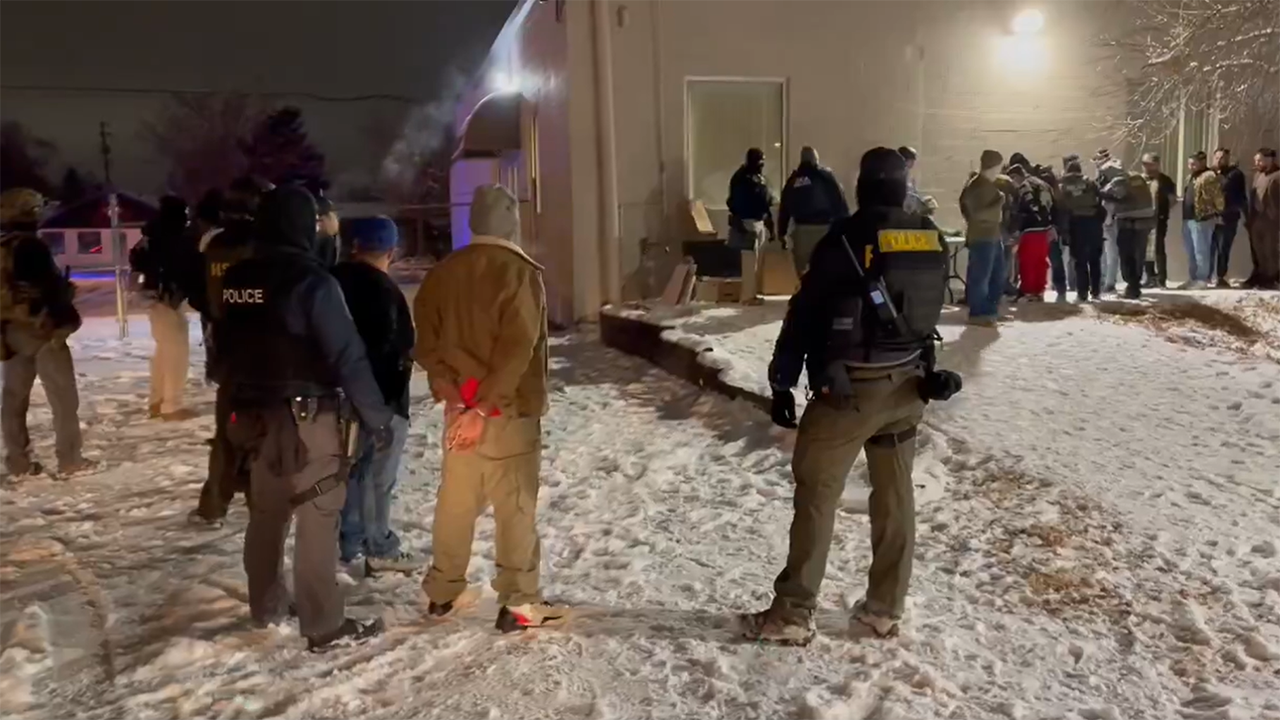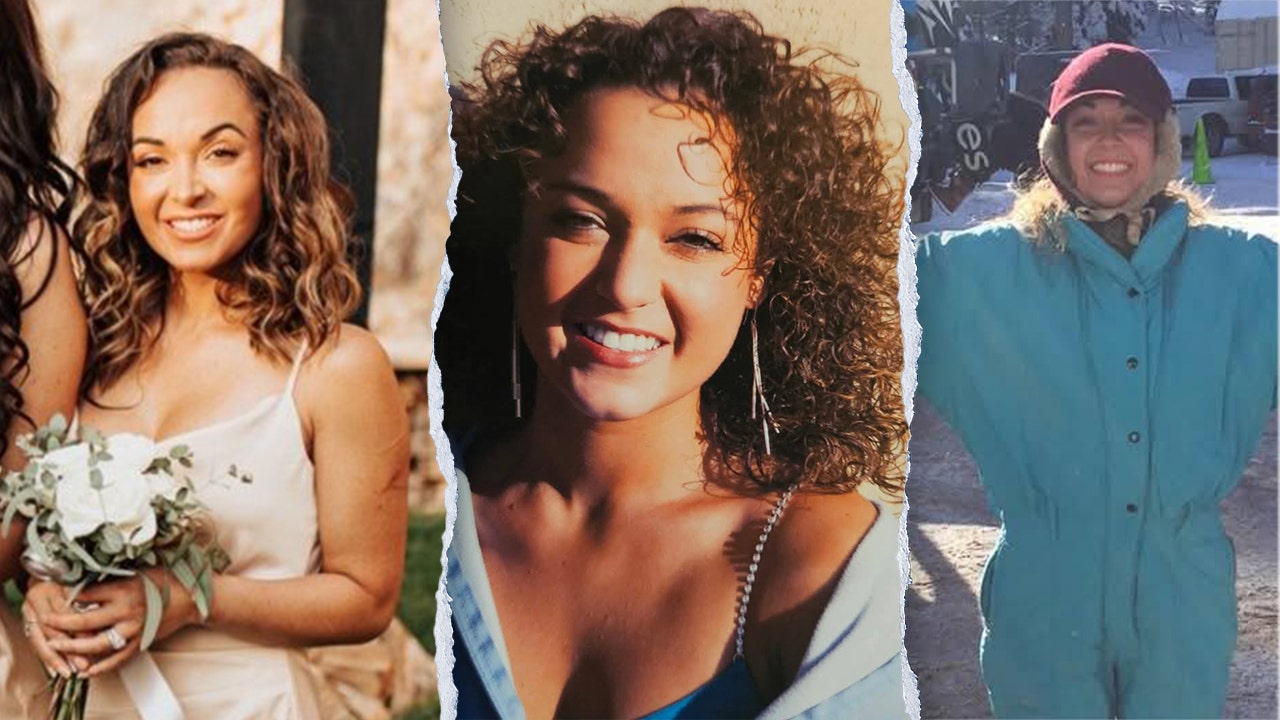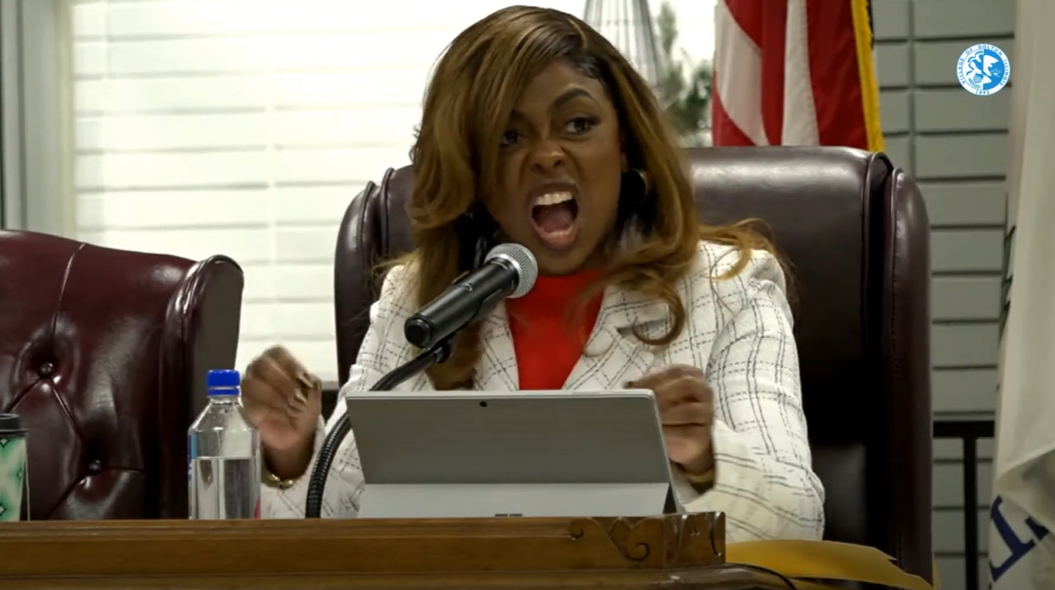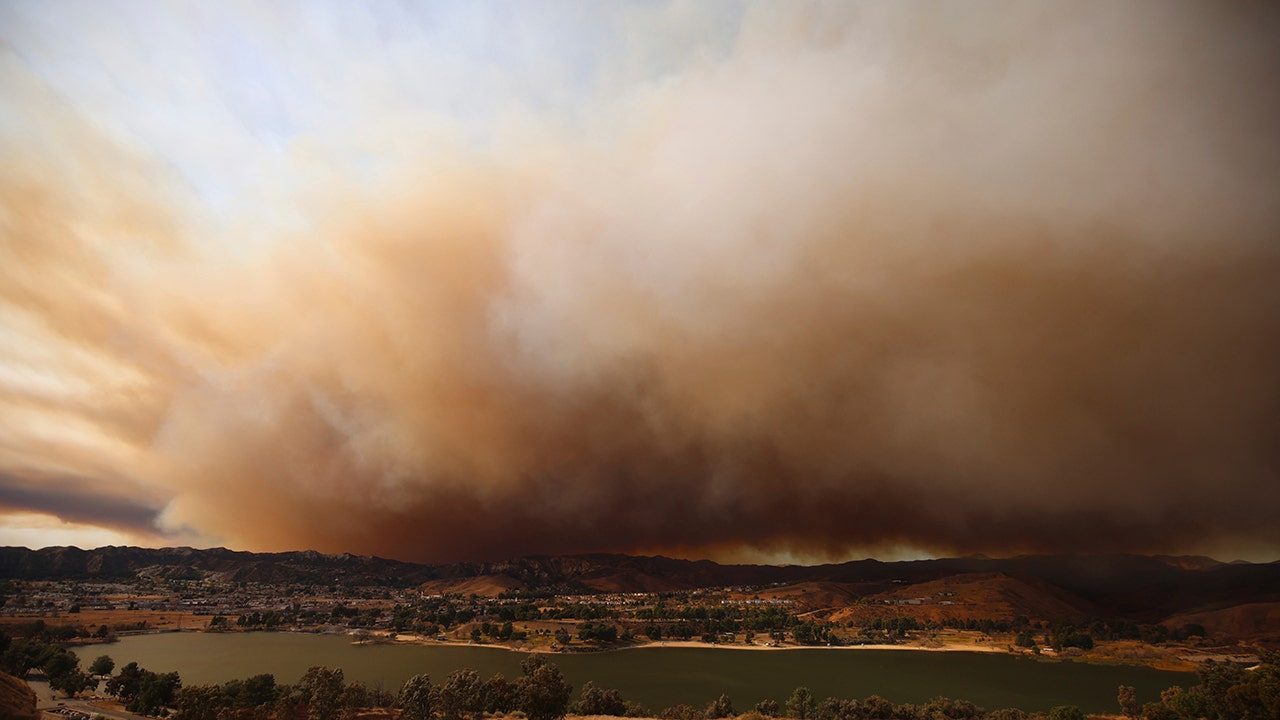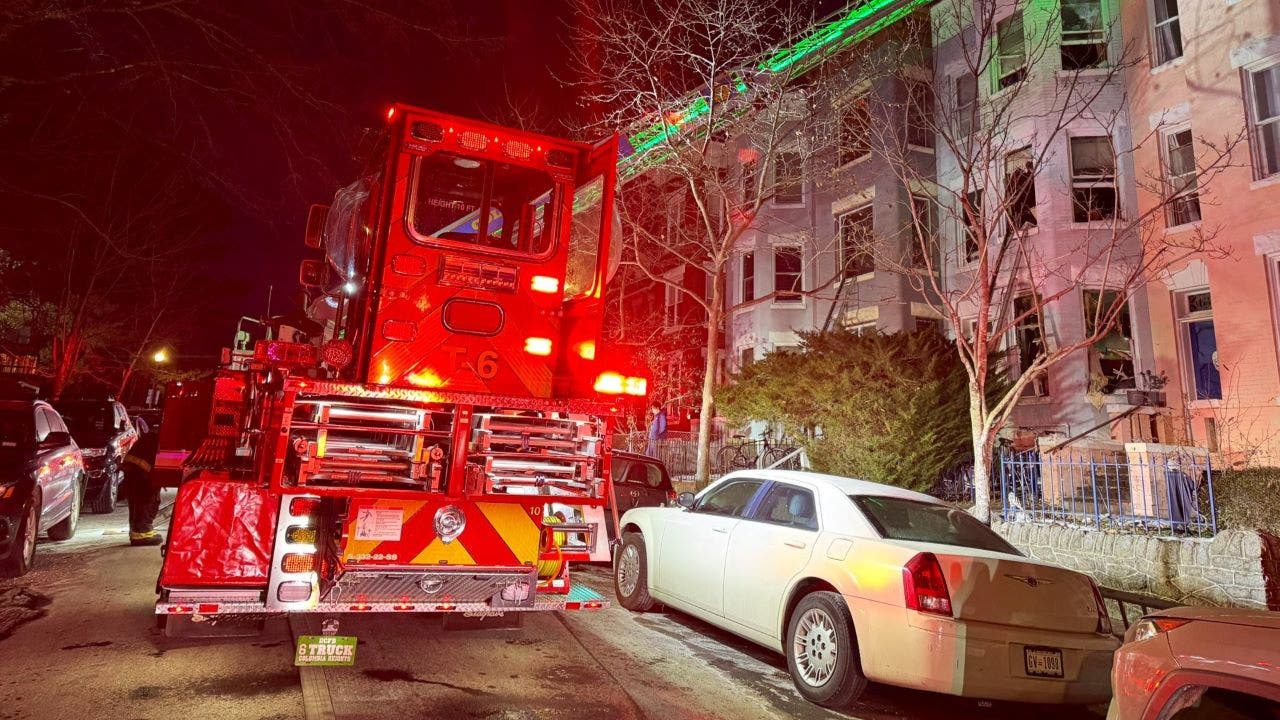The man who arrested serial killer Rodney Alcala, whose case inspired the recent Netflix special “Woman of the Hour,” detailed the true story behind the popular film and how Alcala’s appearance on a 1970s dating show led authorities to his capture.
Alcala has been dubbed the “Dating Game killer” because he appeared on the television show “The Dating Game” as Bachelor No. 1 in 1978 during his killing spree.
“He had a very high IQ… but the problem with a guy like that, I think, is most of his IQ isn’t focused on developing personal relationships…and things like that… it’s all focused on my next victim and how to exploit women and girls,” Craig Robison, the lead detective in Alcala’s investigation with the Huntington Beach police, told Fox News Digital in his first public interview on the case. “He would still be doing it if we didn’t catch him.”
Robison is also a retired California prosecutor and judge. Since judges in the state are not permitted to speak on “pending” cases, he has never spoken publicly about the investigation previously and was even prohibited from testifying during the serial killer’s third trial. Robison said the case was considered “pending” from Alcala’s arrest up until he died in prison in 2021.
‘DATING GAME KILLER’ KEPT ‘TROPHIES’ THAT ULTIMATELY LED TO HIS DOWNFALL: DETECTIVE
While the Netflix movie shows Alcala winning “The Dating Game” show’s competition and going on a date with female bachelorette Cheryl Bradshaw, many may not know the true story behind their exchange.
Robison revealed that Bradshaw never actually went on a date with Alcala.
“From the moment that she met him, he kind of creeped her out,” he said, adding that her “intuition” might have saved her life.
The former detective disclosed that he met with Anna Kendrick, who played Bradshaw in the film, to help her research the serial killer’s case. He said Kendrick was interested in “what made [Alcala] tick.”
DNA LINKS CALIFORNIA MAN TO 1979 COLD CASE MURDER, YEARS AFTER PASSING LIE DETECTOR

Robison began investigating Alcala’s case in June 1979 after the disappearance of 12-year-old Robin Samsoe, who was last seen riding a bicycle to her dance class.
“Missing children in her age category, sometimes are runaways, and so I think that was probably the first suspicion,” he said. “It started to feel…more like something may have happened to her.”
On the day she disappeared, Samsoe had gone to the beach with her friend Bridget Wilvurt before heading off on the bike to class. The girls were approached by a man “dressed in civilian clothes, not beach attire” with an “Afro-style hairdo and a camera,” who asked to take their picture, Robison said.
FOLLOW THE FOX TRUE CRIME TEAM ON X

Detectives brought Wilvurt in to sit with their sketch artist, and they released the composite drawing to the public. Robison said authorities also set up a tip line, and they received a significant call from a parole officer, who had seen the sketch and believed the man police were looking for was Alcala – a convicted felon with a hefty rap sheet.
Detectives learned that in 1968, a witness spotted Alcala driving off with a young girl, followed them to an apartment and called the police. Officers discovered 8-year-old Tali Shapiro, on the verge of death, having been raped and beaten with a steel bar. While Shapiro survived the attack, Alcala fled the scene but was later caught and arrested, pleading guilty to child molestation.
He served just 34 months before being paroled in 1974, and he was soon arrested again for marijuana possession while with a 13-year-old girl and was imprisoned again until 1977.
NEWS ANCHOR’S MYSTERIOUS DISAPPEARANCE WAS CRIME OF ‘JEALOUSY’: PRIVATE INVESTIGATOR

Authorities learned that just months before Samsoe disappeared, Alcala was arrested for the rape of a 15-year-old girl, who was hitchhiking in Pasadena in February 1979. The surviving teen convinced Alcala that she enjoyed the time with him before ultimately bolting and alerting police when he pulled over at a gas station.
“For some reason, he didn’t kill her and leave her out there,” Robison said. “She played to him in a way that instead of panicking and screaming and fighting and resisting and getting murdered and strangled, she took a different approach.”
Alcala was arrested for the rape, but he was released on bail. Robison said this case was still pending at the time of Samsoe’s disappearance in June 1979.
COP WHO SURVIVED SERIAL KILLER AS A TEEN IS NOW ON TRACK TO BECOME A DETECTIVE

After he learned of the hitchhiker’s case, Robison retrieved the booking photo from Alcala’s arrest. That same day, one of the other detectives went home and noticed something pivotal for the case airing on television – an episode of “The Dating Game” from the prior year.
“He’s reading the newspaper, and you hear Jim Lange come on… he says, ‘And now let me tell you a little bit about your date…he’s this, he’s that, he’s a photographer, he’s all of these great things… meet your date – Rodney Alcala… there’s the guy that we just identified as a potential suspect.” Robison said.
“If you believe in divine guidance…that certainly would be a good clue. The finger of God comes down and says, ‘Hey, you should look at this guy.’”
Detectives then brought Wilvurt back into the police station, where they showed her the clip of Alcala in the dating show.
“When she saw the picture of this man, you could see a complete change in her demeanor,” Robison recalled. “It was like her blood ran cold…’That’s the guy that was at the beach,’ she said.”
Police discovered Samsoe’s remains in early July 1979 in a remote mountain ravine, and weeks later, Robison arrested Alcala for her murder.
“Craig Robison…at 27 years old …of all the really good cops involved in this case…the youngest detective on the first homicide is the one that figured it out and arrested Rodney Alcala,” Matt Murphy, the lead prosecutor on Alcala’s case, told Fox News Digital.
GET REAL-TIME UPDATES DIRECTLY ON THE TRUE CRIME HUB

Robison and his team soon discovered a storage locker that Alcala had opened in Seattle after Samsoe’s murder, where he stored many implicating items, including hundreds of photographs of women and jewelry.
“He had boxes and boxes of stuff in there,” Robison said. “One of the things that I saw when we were doing our search was a little bag…yellow and red with a zipper on it. …It’s full of jewelry…there were these set of earrings… had a gold post and a little gold ball on them.”
His investigative team showed the earrings to Samsoe’s mother, who helped authorities confirm what they had already suspected – that the earrings belonged to her daughter, though they didn’t have the DNA to prove it at the time.
“He kept these little trinkets as trophies of the things that he’d done, the murders he committed over the course of his career,” Robison added.

“He kept these little trinkets as trophies of the things that he’d done, the murders he committed over the course of his career.”
Alcala was sentenced to death in Samsoe’s murder twice – in 1980 and again in 1986 – but both convictions were overturned.
The “trophies” Robison and his team originally found in the storage locker connected Alcala to his crimes forensically decades later. In the very same red and yellow pouch where Samsoe’s gold-ball earrings were found, another set of rose-shaped earrings carried DNA belonging to a different victim – Charlotte Lamb, who was murdered in 1978 in Los Angeles.
“We finally had the forensic connection that arguably was missing before,” Murphy told Fox News Digital.
In 2010, Alcala was sentenced to death for five murders in California in the late 1970s, including that of 12-year-old Samsoe. He was charged in the additional killings of 18-year-old Jill Barcomb, 21-year-old Jill Parenteau, 27-year-old Georgia Wixted and 32-year-old Charlotte Lamb after new DNA evidence connected him to the victims.
“I’ll be convinced to the day I die that we had enough evidence in all three trials to convict him,” Robison said. “All we succeeded in doing in the third trial was establishing that, yes, he is the serial killer that we all knew that he was before.”
SIGN UP TO GET TRUE CRIME NEWSLETTER

In 2013, he received an additional 25 years to life after pleading guilty to two slayings in New York, and in 2016, he was charged again, this time with the murder of a 28-year-old pregnant woman after DNA evidence connected him to her 1977 death in Wyoming.
“Once we had the DNA in the system, then other agencies … New York PD and police agencies around the country started looking into their homicides and their Jane Doe’s,” retired detective Steven Mack, who began investigating the case in 2003 after the first two convictions were overturned, previously told Fox News Digital. “They were able to connect Alcala to their crimes.”
Investigators have either suspected Alcala of or linked him to other murders in Los Angeles and Marin County in California; Seattle, Washington; New York; New Hampshire; and Arizona, according to the California Department of Corrections and Rehabilitation.
SEARCH FOR MISSING NEWS ANCHOR EXPANDS AFTER AUTHORITIES GET NEW TIP

Alcala died of natural causes on July 24, 2021, while awaiting execution in California. He was 77 at the time of his death.
Though it took over 30 years to sentence Alcala for his crimes, he remained incarcerated from the time Robison arrested him in 1979 up until his death.
“Huntington Beach back at the time, I think maybe they had 150 police officers, but it was a small, much smaller community than it is today…locals were able to catch this guy with all of this intelligence and put him behind bars,” Robison said. “That’s what started his complete undoing, was his arrest that we made in July of 1979.”



